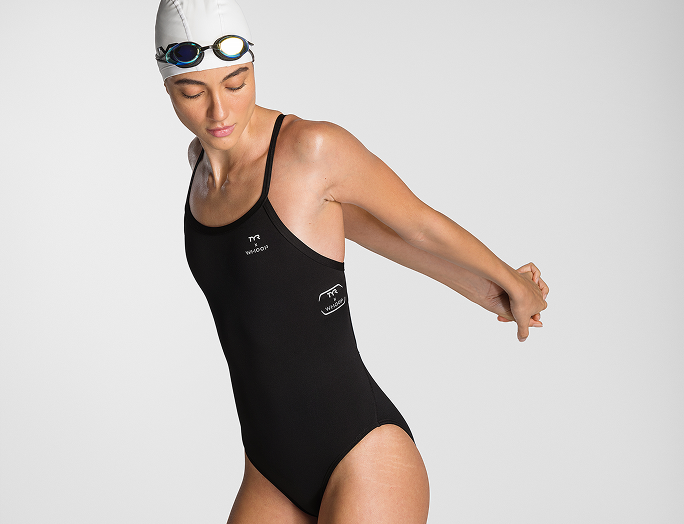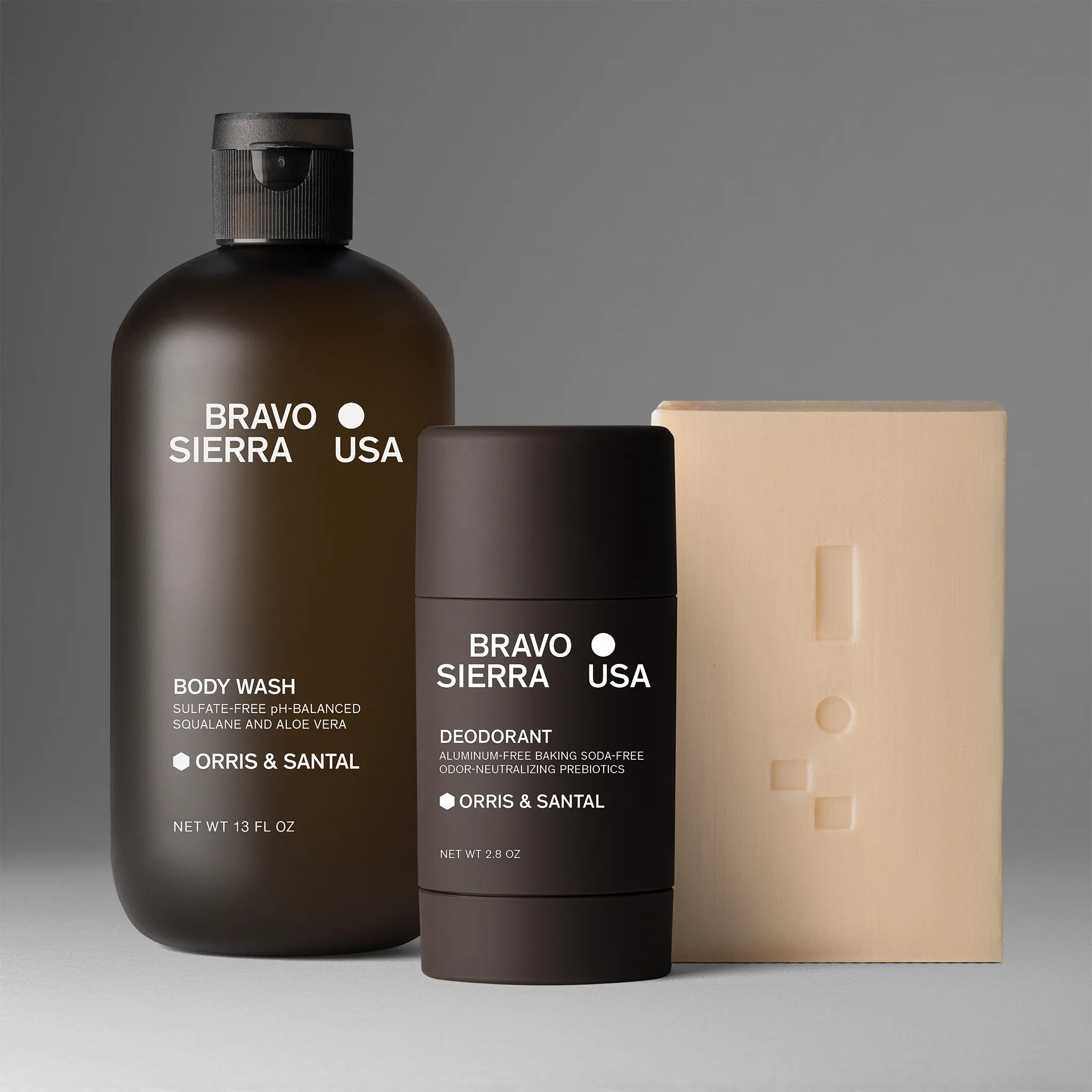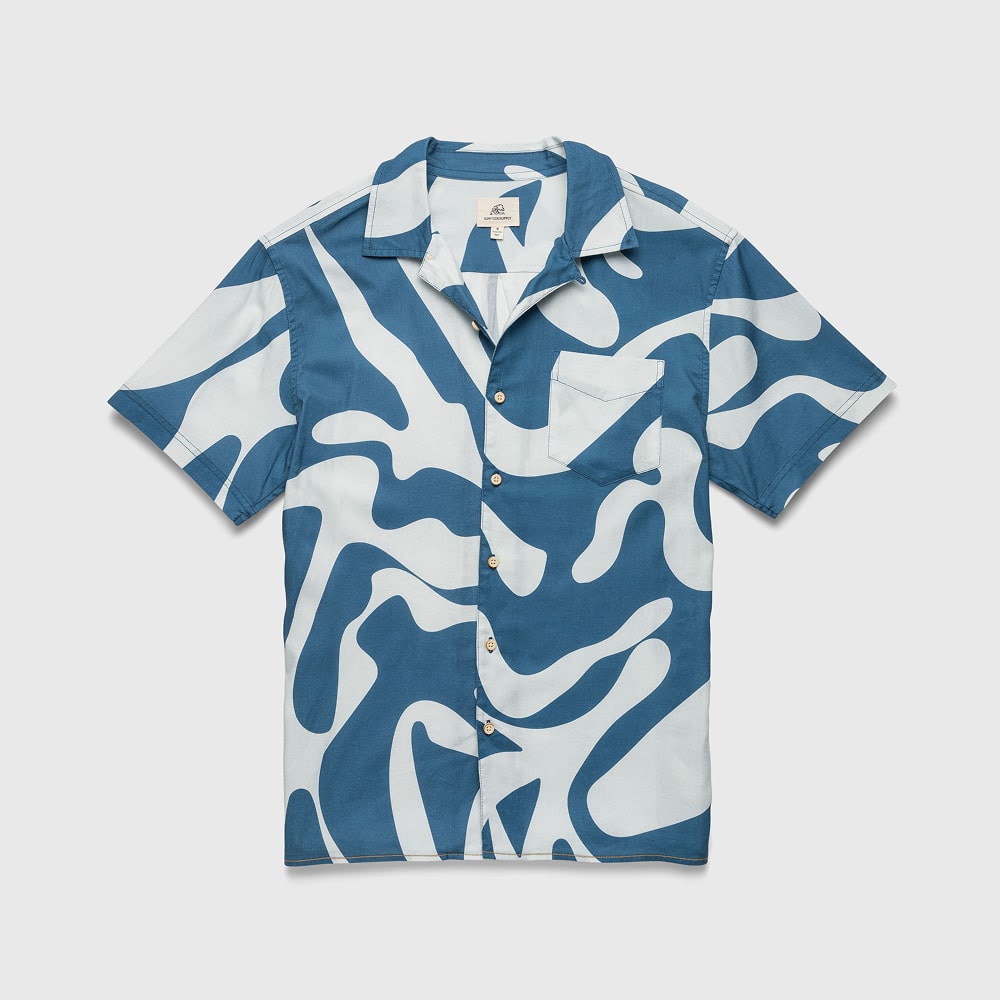Photography for marketing is one of the most direct ways to influence how customers see your product and decide to buy. Strong visuals build trust, communicate value, and help your brand stand out in crowded digital spaces. Whether you're creating content for your website, social media, or paid ads, the right image makes your message more precise and persuasive.
This guide breaks down the different types of marketing photography, like product shots, lifestyle imagery, and event coverage, and explains how each supports your goals. You'll learn what makes an image effective, how to maintain consistency, and how to track the performance of your visual campaigns.
For e-commerce teams and marketers, this article provides a framework for selecting, using, measuring photography, and effectively driving sales.
The Importance Of Photography In Marketing
Good photography shapes how your business looks, connects with your customers, and guides people’s choices to buy. It makes your brand stand out and builds trust with clear, sharp images that show your products well.
Impact On Brand Identity
Your photos tell your brand's story without words. Consistent style, colors, and quality create a look customers recognize. When your images look professional and align with your brand’s style, your business appears trustworthy.
Using professional product photography services shows you care about details, from lighting to background. This forms a positive impression quickly. Brands that invest in good photography get noticed more and are perceived as more credible.
Colors, angles, and moods work together to show what your brand stands for whether sleek and modern or fun and casual, images that fit your identity make your marketing stronger.
Enhancing Consumer Engagement
Clear, attractive photos hold people’s attention longer. When customers see high-quality product shots, they are more likely to explore your site, click on items, and share images on social media. This boosts your reach and brings more visitors.
Using different photo types, like 360-degree views or flat lays, helps showcase products fully. It answers buyers' questions visually, so they feel more confident about what they’re buying.
Good photos make your marketing more interactive and enjoyable. They invite customers to imagine the product in their lives. This connection makes them more engaged with your brand and potentially more loyal.
Influence On Buyer Decision-Making
Photos are often the first reason shoppers decide to buy or move on. High-quality images can increase conversions by showing the product clearly and honestly. Larger images or multiple angles reduce doubts and returns.
Showing detailed shots of texture, size, and features helps customers know exactly what to expect. This means fewer surprises and more satisfied buyers.
Fast, professional product photography speeds up your marketing flow. With clear, catalog-ready images, you improve your chances of turning visitors into customers quickly. Accurate and beautiful photos build trust, which is key to making sales.
For more ideas on how product images can boost sales, check the role of product photography in e-commerce marketing.
How Poor Photography Can Harm Your Marketing
Unclear, inconsistent, or poorly lit images can damage brand trust and reduce conversions. Blurry visuals, off-brand color tones, or mismatched lighting signal a lack of professionalism, even if the product is high quality.
These issues often result in:
- Lower click-through rates
- Increased return rates
- Fewer shares or saves on social platforms
Avoiding common pitfalls in lighting, resolution, and styling can protect your brand image and marketing ROI.
Types Of Marketing Photography
Marketing photography includes several key styles that help you connect with customers and show your brand clearly. Each type serves a specific purpose, whether it’s showing your product details, telling a story about your brand, presenting your team, or capturing important moments during company events.
Product Photography
Product photography focuses on clear, detailed images of your products. These photos must highlight the product’s features, texture, color, and size with minimal distractions. You want crisp images that work well for online stores, catalogs, and ads.
Good product photos usually include multiple angles, close-ups, and sometimes lifestyle shots. This helps shoppers understand the product better and makes them more likely to buy. Some services offer fixed per-image pricing, fast turnaround, and retouching to give you polished, catalog-ready photos that fit your brand’s style.
Lifestyle Imagery
Lifestyle imagery shows your products being used in real life. These photos create a story around your brand and help customers imagine the product in their daily lives. For example, clothing brands use models in street scenes or home environments to give context and evoke emotion.
Lifestyle photos often appear more natural and less posed, allowing your audience to connect with you on a personal level. You can use these images on social media, ads, and websites to increase engagement and desire.
Corporate Headshots
Corporate headshots present your team professionally. These photos are important for building trust and showing the people behind your brand. Usually, headshots feature clean backgrounds, good lighting, and a clear focus on the face.
You can use corporate headshots on your website, LinkedIn profiles, and press releases. A professional look makes your business appear reliable and approachable. Work with a service that delivers consistent style and high-quality images that match your corporate identity.
Event Coverage
Event coverage captures your company’s special moments, such as product launches, trade shows, or workshops. These photos document the atmosphere, attendees, and key activities. Event images help you showcase your brand in action and build credibility.
For marketing, event photos add authenticity when you post about behind-the-scenes work or share highlights on social media. Make sure your photographer knows how to capture both wide shots of the crowd and close-up moments. This type of photography supports your brand storytelling and keeps your audience interested.
When to Use Studio vs. Lifestyle Marketing Photography
Choosing between studio and lifestyle photography depends on your marketing goal and the platform.
- Studio photography offers clean, distraction-free visuals ideal for product pages, Amazon listings, and catalogs. It supports consistency, especially across SKUs or product variants.
- Lifestyle photography adds emotional context by showing products in real-life settings. It’s effective for social media, ads, and homepage banners where storytelling boosts engagement.
Use studio images to establish clarity and trust, then supplement with lifestyle visuals to increase relatability and brand affinity.
Best Practices For Effective Marketing Images
Effective marketing images show your product clearly and attractively. They should fit where you plan to use them and tell a consistent story about your brand. Focusing on style, optimization, and consistency helps your images connect with your audience and boost sales.
Choosing The Right Style
Pick a style that fits your brand and product. Clean, simple backgrounds work well for most products because they keep the focus on what you’re selling. Avoid clutter or busy backgrounds that distract your viewers.
Use lighting that shows your product clearly without harsh shadows. For example, soft, even lighting highlights details and colors. Consider shooting from multiple angles to clearly show size and features.
If you sell clothing or accessories, natural fabric textures or model photos can help customers envision wearing the item. For gadgets or home goods, sharp close-ups can explain quality and design. Consistency in your style builds trust and keeps your catalog looking professional.
Optimizing For Digital Platforms
Your images should be sized and formatted for the specific use where you intend to display them. Web shopping pages often require specific dimensions and file sizes for fast loading.
JPEG is commonly used for color photos because it strikes a balance between quality and file size. PNG works better if you need a transparent background. Name your files clearly and consistently to help your website’s SEO.
Ensure images are high-resolution so shoppers can zoom in without losing detail. Mobile users expect quick load times, so optimize without sacrificing clarity. Trusted services make sure product shots are catalog-ready and easy to use across platforms.
Consistent Visual Storytelling
Maintain a consistent style, tone, and color palette across all your marketing materials. This helps your brand look professional and makes your products easy to recognize.
Use similar cropping, angles, and lighting throughout your images. When customers see your photos, they should get a clear and unified idea of your product range.
Tell a story with your images. For example, lifestyle shots can show your product in use, while clean studio shots highlight features. Mixing both, done consistently, builds a strong brand image that connects with buyers.
Image Licensing and Usage Rights for Marketing
Using photography for marketing requires the right licenses, especially when images include models, recognizable locations, or third-party products. Misuse can lead to takedown requests or legal action.
Best practices include:
- Getting model and property releases for all people and locations featured
- Clarifying commercial usage rights in your contracts with photographers
- Avoiding royalty-free images without proper attribution when usage terms are unclear
Always secure full rights for product photography used in paid ads or distribution partnerships.
Measuring The Success Of Visual Campaigns
To know if your visual marketing is working, you need clear ways to check how people respond and if your images lead to sales. This involves closely examining how users interact with your ads and whether those interactions result in actual purchases. Measuring success helps you improve your photo choices and boost your campaign’s impact.
Tracking Engagement Metrics
Engagement metrics show how people react to your images online. These include likes, shares, comments, and click-through rates. When more people interact with your photos, it means your visuals catch attention and spark interest.
Focus on click-through rate (CTR), which measures how many viewers click on your image to learn more. A high CTR means your pictures invite action. Also, track the time spent on the page after clicking. If visitors stay longer, it means your images are keeping their interest.
Social media platforms and ad tools give you reports on these numbers. Use this data to test different photo styles, angles, or backgrounds. Clear, high-quality product shots lead to better engagement, especially when photos are sharp and distraction-free.
Analyzing Conversion Rates
Conversion rates measure how many people complete a desired action, like buying or signing up, after seeing your photos. This is the key indicator of whether your photography drives sales or leads.
To track conversions, set up goals in your website analytics, such as purchases or form submissions. Compare results from campaigns with different images to find what works best.
Pay attention to the product presentation in photos. Research shows that plain white backgrounds and crisp images help customers focus, understand the product better, and make decisions more quickly. It’s recommended to balance quality and clarity to avoid over-editing that might confuse buyers.
By monitoring conversion rates, you ensure that your photo campaigns are not only visually appealing but also profitable.
Using A/B Testing to Optimize Visual Performance
A/B testing helps measure how different images affect clicks, engagement, and conversions. Try testing:
- Background styles (white vs. lifestyle)
- Image order in a carousel
- Angle or cropping of product shots
Use platform-native tools (like Meta Ads Manager or Shopify split tests) to compare results. Over time, testing reveals which visuals drive the highest performance, informing your brand’s visual strategy.
Building a Reliable Visual Strategy for Marketing
Marketing photography is most effective when it’s part of a consistent, scalable strategy. Clean, high-quality images increase engagement, improve brand trust, and convert visitors into customers. However, achieving this consistently requires more than good lighting or sharp lenses.
Your brand identity and customer behavior should inform each visual choice (style, format, and platform usage). Whether you're using lifestyle imagery to build emotional appeal or studio product shots for catalog clarity, the goal is the same: remove friction in the buying journey.
With repeatable workflows, clear usage rights, and outcome tracking like A/B testing, your photography becomes a dependable marketing tool, not just a creative asset. Services like Squareshot simplify this process by delivering high-volume product images that are ready to publish across digital platforms.
Ready to build a consistent visual strategy? Book a 30-minute call with Squareshot.
Frequently Asked Questions
What types of product images drive the most engagement?
Studio product shots with clean backgrounds and lifestyle images that show real-world use both perform well. The right choice depends on your platform: use lifestyle for social media and studio shots for product detail pages.
How many image variations should I plan for per product?
For e-commerce, aim for 3–5 angles plus 1–2 close-up detail shots. Add a lifestyle or on-model image for top-selling SKUs to support ads and email campaigns.
What’s the ROI of investing in professional product photography?
Professional photography helps increase click-through rates, reduce returns, and improve perceived brand value. Brands using consistent, high-quality images often see higher conversion rates across paid and organic channels.
How can I make sure my photography aligns with brand guidelines?
Develop a visual style guide with clear direction on background, lighting, cropping, and retouching standards. Share this with your photography team or service to ensure every shoot supports your brand identity.
Can I measure the impact of product images on sales performance?
Yes. Use A/B testing and track metrics like CTR, conversion rate, and average order value. Image-led experiments can show which visuals directly influence buying behavior.
What’s the best way to manage ongoing photo needs at scale?
Use a service that offers fixed pricing, remote approval tools, and consistent turnaround.
Product A
SQUARE SHOT






























